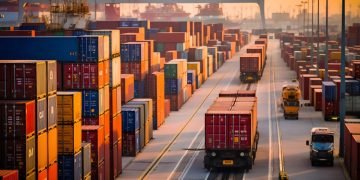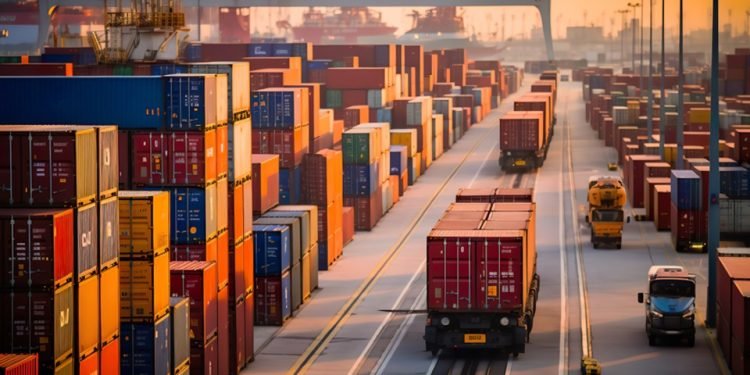By Eva Richardson | The Logistic News | March 25, 2025
A quiet revolution is reshaping America’s freight corridors—and Indiana is right at the center of it. Once seen as a passageway for east-west traffic, the Hoosier State is now emerging as a strategic logistics powerhouse, driven by major investments, geographic advantage, and a growing appetite for reshoring supply chains within the U.S.
From billion-dollar warehouse developments to infrastructure upgrades across rail and intermodal hubs, Indiana’s logistics ecosystem is experiencing its most aggressive growth phase in decades.
From Crossroads to Command Center
Known historically as the “Crossroads of America,” Indiana’s central location and expansive highway network have long given it a logistical edge. But in 2025, it’s no longer just a corridor—it’s becoming a control tower for national freight strategy.
With proximity to Chicago, access to Class I railroads, and inland port capabilities, the state is increasingly seen by national and global logistics firms as a stable, scalable, and cost-effective alternative to congested coastal hubs.
Major Players Moving In
Recent announcements by some of the biggest names in supply chain management are turning heads. Walmart, Amazon, FedEx, DHL, and UPS have either expanded or doubled down on operations across Indiana in recent years, citing lower land costs, workforce availability, and real-time access to 80% of the U.S. population within a one-day truck drive.
In Lake County, multiple speculative warehousing projects are underway, targeting e-commerce and regional fulfillment operations. Meanwhile, Indiana’s southern corridor is seeing an influx of industrial developers aligned with automotive, agriculture, and life sciences logistics.
Infrastructure Gets an Upgrade
Public and private sectors are jointly investing billions to modernize infrastructure. The Indiana Department of Transportation has fast-tracked highway improvements, while rail expansion projects are being supported to boost intermodal capacity.
The Port of Indiana–Burns Harbor, a key Great Lakes terminal, is expanding to accommodate more containerized cargo. This move is expected to reduce congestion at East Coast ports and open up new international routing opportunities via the St. Lawrence Seaway.
Talent and Tech: The Next Frontier
Logistics isn’t just about location anymore—it’s about capability. Indiana is investing in workforce development programs tailored to the modern logistics industry. Ivy Tech Community College and other institutions have launched new training tracks focused on warehouse robotics, supply chain analytics, and autonomous vehicle operations.
Simultaneously, local logistics startups are emerging around data optimization, last-mile coordination, and smart inventory management, making Indiana not just a hub of freight—but a hub of innovation.
The Reshoring Effect
The national trend toward reshoring and nearshoring has brought renewed attention to inland states. Indiana, with its strong manufacturing base and logistics-ready infrastructure, is perfectly positioned to serve as a strategic link between factories and end consumers across the country.
As global supply chains fragment, companies are seeking redundancy and resilience. Indiana offers both—along with lower operational costs compared to coastal metros like New York or Los Angeles.
Final Insight
Indiana’s rise isn’t a coincidence—it’s a case study in strategic logistics planning. As supply chains become smarter, faster, and more localized, logistics players are no longer just looking for access—they’re looking for advantage.
In 2025, Indiana is delivering that edge. Not just as a waypoint—but as a freight destination in its own right.
Eva Richardson
Senior Correspondent, The Logistic News























